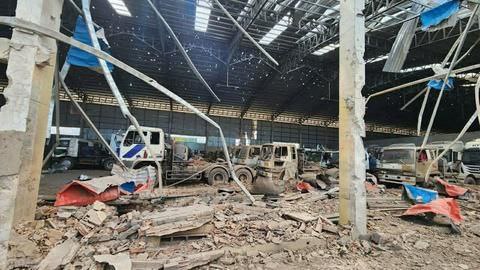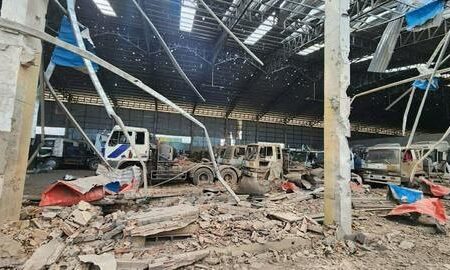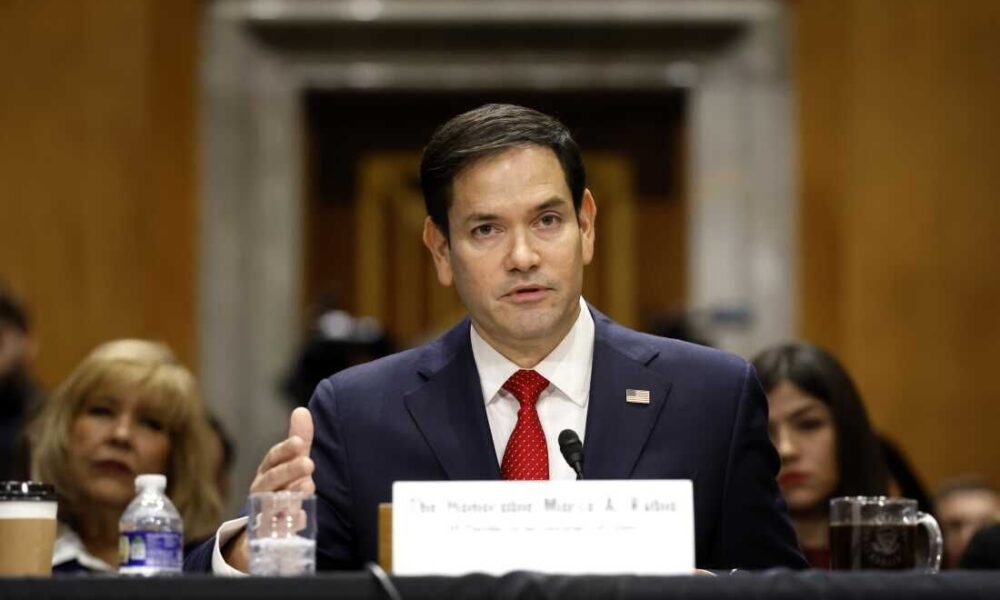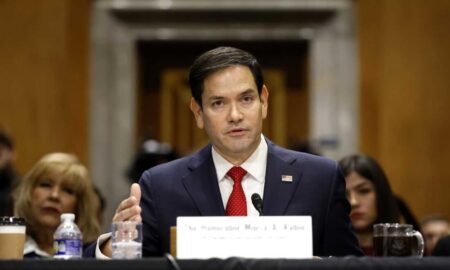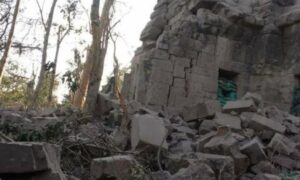by Bai Lin and Naftali Mwaura
NAIROBI, Aug. 3 (Xinhua) — When construction of the 480-km Mombasa-Nairobi Standard Gauge Railway (SGR) begun in 2014, Ali Mohamed was impressed by the thoughtfulness of the Chinese contractor in protecting local habitats from any harm.
The 44-year-old resident of a serene village overlooking a mangrove swamp on the northwestern edges of Kenya’s coastal city of Mombasa is proud of the modern railway project for the high importance it attaches to the conservation of marine life.
The Mombasa-Nairobi SGR — which connects Mombasa, the largest port in East Africa, and Nairobi, Kenya’s capital city — is Kenya’s largest infrastructure project since its independence in 1963.
MANGROVE FORESTS WELL PROTECTED
Mohamed, also the founder of Bidii Creek Conservancy, a Mombasa-based green lobby, said during a recent interview with Xinhua that the SGR has provided best practices on blending conservation with infrastructure development.
“I visited the SGR when its construction started and witnessed restoration of the previously degraded sections of the mangrove forest in our locality,” said Mohamed.
“The installation of overpasses and culverts ensured there was minimal disturbance to the mangrove forest which is an important fish breeding site, besides regulating coastal weather,” he added.
Adjacent to Mohamed’s ancestral village, tall concrete pillars support an overpass snaking through pristine beaches and mangrove swamps to allow seamless movement of SGR passengers and cargo trains.
Mohamed and his conservation peers lauded efforts made by China Road and Bridge Corporation, contractor of the Mombasa-Nairobi SGR, to ensure that ecological integrity of the marine ecosystems including mangrove forests and estuaries was not harmed by the infrastructure project.
Five years since its launch, the SGR has earned accolades from local officials and conservationists for prioritizing ecological protection along its corridor.
Philip Jamuhuri Mainga, managing director of Kenya Railways Corporation, said that green ethos has been placed at the center of SGR operations, bringing benefits to local communities in terms of clean air and tranquil landscapes.
“We have performed very well in terms of environmental conservation. The SGR corridor has reduced carbon emission, the trains are well maintained and do not produce waste,” said Mainga.
Unlike trucks, the SGR trains plying along the corridor have not been emitting smoke to the atmosphere, boosting Kenya’s quest for improved air quality, said Cosmas Makewa, station master at the Mombasa SGR Terminus.
According to Makewa, the design and execution of the modern railway project adhered to local environmental protection laws, ensuring a healthy relationship between the contractor and local communities.
“The project had a positive impact on the environment. It did not cut through the sea nor interfered with mangroves. We made temporary culverts to make sure water flowed from the sea to the other side,” said Makewa.
He added that SGR bridges cause minimum disturbance to the ground even as the contractor strengthens partnership with coastal communities to restore depleted sections of mangrove forest.
WILDLIFE TAKEN GOOD CARE OF
At the idyllic plains that dot Tsavo National Park, Kenya’s oldest and largest wildlife sanctuary, iconic species including elephants, giraffes and zebras are always spotted passing through underpasses installed by the SGR contractor, to ensure they can migrate uninterruptedly.
The Mombasa-Nairobi SGR snakes through Tsavo National Park, a world-famous tourist destination.
To enhance safety of wildlife, the SGR contractor erected electric fences on both sides of the track besides installing wide underpasses at short intervals to facilitate movement of both large and small animals.
Nancy Githaiga, country director for Kenya at Nairobi-based African Wildlife Foundation, said that establishment of bridges and underpasses aided protection of iconic wildlife species at Tsavo National Park.
Initial fears that the SGR could harm biodiversity, including wildlife, were laid to rest, thanks to the erection of safe passways by the contractor, Githaiga said.
Wildlife protection measures initiated by the SGR contractor should inform future efforts to develop mega infrastructure projects while safeguarding integrity of biodiversity hotspots in Kenya, she added.
CHINA’S ECOLOGICAL CIVILIZATION VISION
In the view of Leopold Omondi, a campaigner with Nairobi-based green lobby Pan African Climate Justice Alliance, the Mombasa-Nairobi SGR project highlighted the viability of China’s vision of ecological civilization.
“The SGR contractors somehow tried to prevent environmental harm as they laid down the rail from Mombasa to Nairobi. Wild animals’ habitats and the animals themselves were taken care of,” said Omondi.
By learning from China’s ecological civilization model, Kenya stands a better chance of achieving nature-positive growth, he added.
Isaiah Andebe, programs coordinator with Pan-African Media Alliance for Climate Change, said commendable protection of mangroves and wild animals points to successes of the ecological protection plan adopted by the contractor.
He commended the SGR contractor for providing migration corridors for wildlife at Tsavo and Nairobi national parks, and encouraging rainwater harvesting to cater for the animals.
“The SGR adopted greening measures as grass and trees were planted at various sections along the railway line. This not only helps in beautification but also in environmental protection,” said Andebe.



